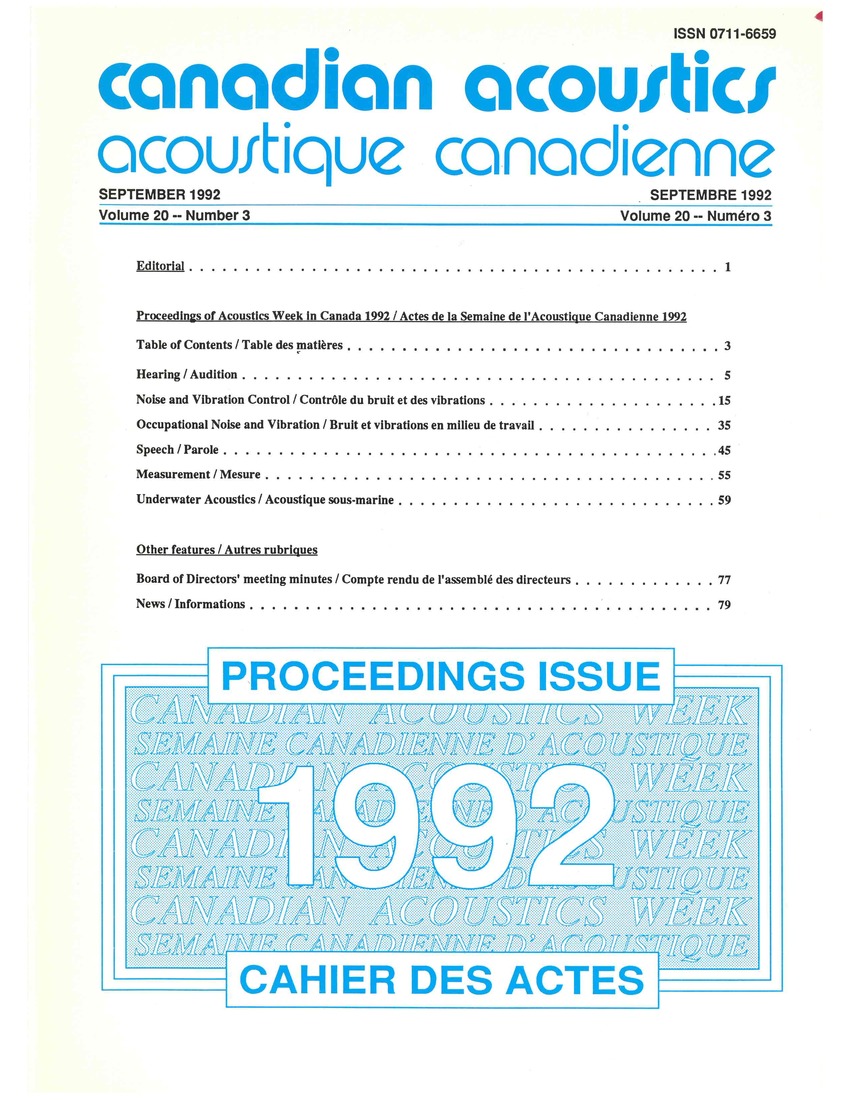Discrimination of frequency transitions as a function of varying spectral cues among young and elderly adults
Keywords:
hearing, hearing sensitivity loss, speech discrimination, age-related changes, auditory function, speech perception, pure tone sensitivity levels, spectral characteristicsAbstract
Next to the changes that are noted in hearing sensitivity loss, the deterioration in speech discrimination is the most commonly recognized characteristic of age-related changes in auditory function. This well-documented reduction in speech discrimination is a pivotal auditory problem associated with aging given that elderly individuals without a high sensitivity loss report difficulty in understanding speech in optimum conditions; that is speech perception difficulties are greater than would be expected on the basis of pure tone sensitivity levels. One relevant aspect underlying the difficulties that elderly adults experience may be a function of the brevity and rapid spectral changes which characterize some speech segments. Indeed, reduced spectral and temporal resolution has been reported for elderly listeners who demonstrate normal pure tone thresholds (Cranford and Stream, 1991; Maden and Feth, 1992; Robin and Royer, 1989; Trainor and Trehub, 1989). The authors investigated how various spectral characteristics influence discrimination of short duration, dynamic signals as a function of ageAdditional Files
Published
How to Cite
Issue
Section
License
Author Licensing Addendum
This Licensing Addendum ("Addendum") is entered into between the undersigned Author(s) and Canadian Acoustics journal published by the Canadian Acoustical Association (hereinafter referred to as the "Publisher"). The Author(s) and the Publisher agree as follows:
-
Retained Rights: The Author(s) retain(s) the following rights:
- The right to reproduce, distribute, and publicly display the Work on the Author's personal website or the website of the Author's institution.
- The right to use the Work in the Author's teaching activities and presentations.
- The right to include the Work in a compilation for the Author's personal use, not for sale.
-
Grant of License: The Author(s) grant(s) to the Publisher a worldwide exclusive license to publish, reproduce, distribute, and display the Work in Canadian Acoustics and any other formats and media deemed appropriate by the Publisher.
-
Attribution: The Publisher agrees to include proper attribution to the Author(s) in all publications and reproductions of the Work.
-
No Conflict: This Addendum is intended to be in harmony with, and not in conflict with, the terms and conditions of the original agreement entered into between the Author(s) and the Publisher.
-
Copyright Clause: Copyright on articles is held by the Author(s). The corresponding Author has the right to grant on behalf of all Authors and does grant on behalf of all Authors, a worldwide exclusive license to the Publisher and its licensees in perpetuity, in all forms, formats, and media (whether known now or created in the future), including but not limited to the rights to publish, reproduce, distribute, display, store, translate, create adaptations, reprints, include within collections, and create summaries, extracts, and/or abstracts of the Contribution.


